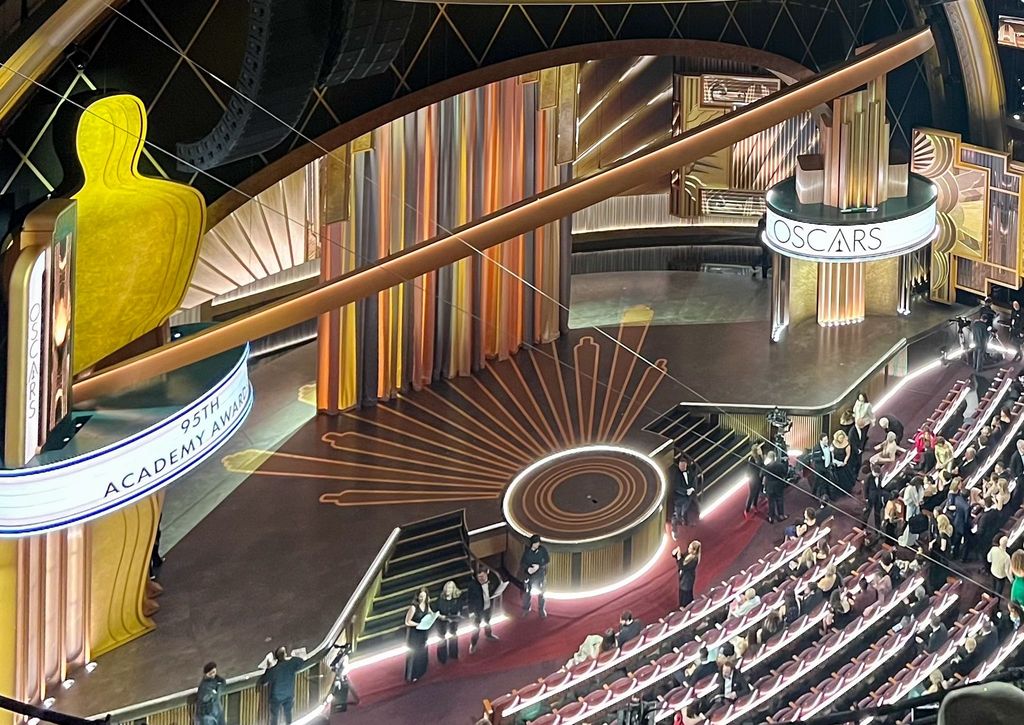Teri Garr, the distinctive actress whose career spanned decades and encompassed roles from a background dancer to an Oscar-nominated co-star, has died at the age of 79. Her publicist, Heidi Schaeffer, confirmed that Garr passed away on a Tuesday, surrounded by family and friends, after a life marked by significant contributions to both comedy and drama on screen.
Garr’s journey through Hollywood was characterized by a unique blend of quirky charm, sharp wit, and an undeniable talent for improvisation that endeared her to audiences and critics alike. From her early days gracing the chorus lines of Elvis Presley films to her memorable turns in cinematic classics such as “Young Frankenstein” and “Tootsie,” she cultivated a persona that was at once approachable and remarkably singular.
This article provides an in-depth look at the multifaceted career of Teri Garr, exploring the formative experiences that shaped her artistry, her rise through the ranks of the entertainment industry, and the pivotal roles that cemented her legacy as a beloved and enduring figure in American cinema. We begin by examining her deep roots in show business and the early opportunities that laid the groundwork for her eventual stardom.

1. Early Life and Show Business Roots
Born in Los Angeles, Teri Garr, who was sometimes credited as Terri, Terry, or Terry Ann during her extensive career, hailed from a family steeped in the traditions of show business. Her mother, Phyllis, was a former dancer, and her father, Eddie, was a traveling comedian and a gambler. This environment undoubtedly fostered her early exposure to and interest in performance.
Tragedy struck Garr’s family early when her father died when she was just 11 years old. Despite the challenges, her family’s theatrical background continued to influence her path. Her autobiography, “Speedbumps: Flooring It Through Hollywood,” later revealed her mother’s advice that “showbiz people never tell their real ages,” a principle Garr herself adhered to throughout her career, explaining her decision not to discuss her age publicly.
The family eventually moved back to California, settling in the San Fernando Valley. Garr graduated from North Hollywood High School and pursued further education in speech and drama for two years at California State University, Northridge. Her father had once cautioned his children about the industry, telling them, “Don’t be in this business… It’s the lowest. It’s humiliating to people,” a piece of advice that, ironically, did not deter his daughter from finding her remarkable success.
Read more about: The King’s Highway: Charting Elvis Presley’s Revolutionary Ride Through Music History
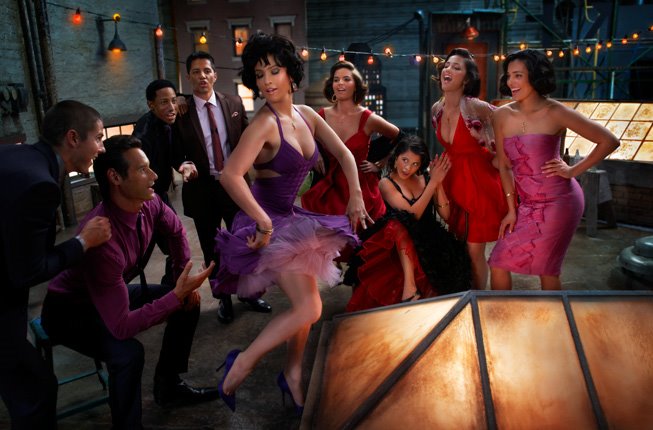
2. Beginnings as a Dancer: ‘West Side Story’ and Elvis Films
Teri Garr’s artistic journey began with dance. She started dance lessons at the tender age of six, and by the time she was 14, she was already dancing with prestigious companies such as the San Francisco and Los Angeles ballet companies. This early dedication to her craft provided a strong foundation for her physical comedy and stage presence in later years.
At 16, Garr joined the road company of “West Side Story” in Los Angeles, marking her official entry into professional performance. She recounted a memorable anecdote from her audition process in a 1988 interview: after being initially dropped from her first audition, she resourcefully returned the following day in different clothes and was subsequently accepted, showcasing her determination even at a young age.
From her breakthrough with “West Side Story,” Garr found consistent employment as a dancer in films. Notably, she appeared in the chorus of nine Elvis Presley movies, including iconic titles like “Viva Las Vegas,” “Roustabout,” and “Clambake.” These early roles, though often in the background, provided invaluable experience on major film sets and helped hone her skills as a performer.
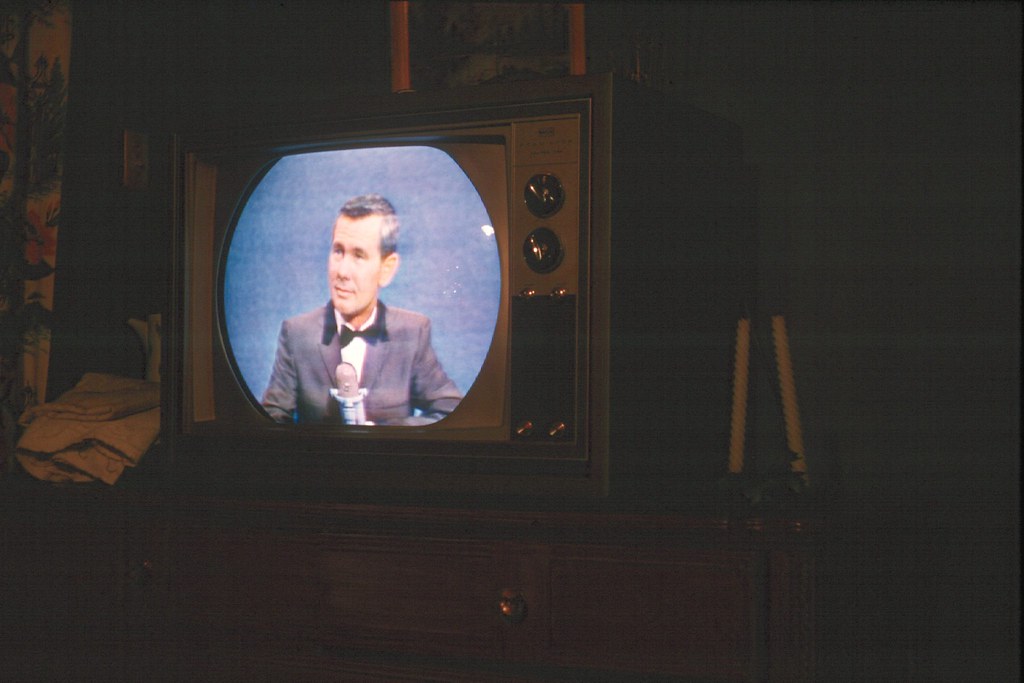
3. Transition to Early Television
While gaining experience in film, Teri Garr also made numerous appearances on television, broadening her exposure and developing her versatile acting skills. Her early television credits included guest spots on popular series such as “Star Trek,” “Dr. Kildare,” and “Batman,” demonstrating her adaptability across various genres and formats.
One particularly interesting role was her appearance in the 1968 “Star Trek” episode “Assignment: Earth.” This episode was originally conceived as a pilot for a potential spin-off series, which ultimately did not materialize. Nonetheless, it showcased Garr’s early acting capabilities and her ability to hold her own within established television franchises.
Beyond dramatic and adventure series, Garr also became a familiar face in the music and variety show circuit. She was a featured dancer on the energetic rock ‘n’ roll music show “Shindig,” performed in the rock concert film T.A.M.I., and was a regular cast member of “The Sonny and Cher Comedy Hour.” These roles further highlighted her dancing talent and burgeoning comedic timing, preparing her for the bigger roles that lay ahead.
Read more about: Gavin Creel, Tony-Winning Broadway Star of “Hello, Dolly!”, Dies at 48: A Legacy of Talent and Advocacy

4. Pivotal Film Breakthrough: ‘The Conversation’
Teri Garr’s cinematic career took a significant turn in 1974 with her role as Gene Hackman’s girlfriend in Francis Ford Coppola’s acclaimed thriller, “The Conversation.” This film provided her with a more substantial acting opportunity than her previous dancing roles, allowing her to demonstrate a dramatic range that foreshadowed her future versatility.
Working with a director of Coppola’s caliber on a critically praised film marked a pivotal moment. It was a departure from the lighthearted musical numbers and brief television appearances that had defined her career up to that point. The role served as a crucial stepping stone, showcasing her ability to handle complex character work within a serious narrative.
Her performance in “The Conversation” proved to be instrumental in opening new doors in Hollywood. It directly led to an interview with legendary filmmaker Mel Brooks, an encounter that would soon result in one of her most iconic and beloved roles, forever changing the trajectory of her career and solidifying her status as a comedic force.
Read more about: The Many Public Faces of ‘Joe’: From R&B Stardom to Free Speech Debates
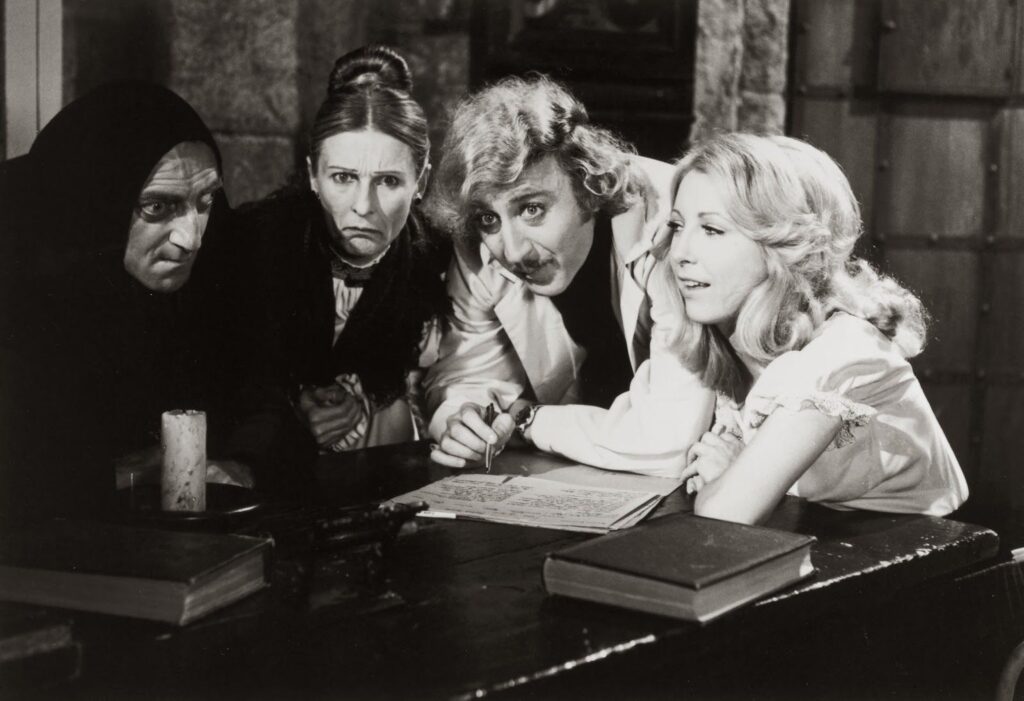
5. The Genesis of a Comic Star: ‘Young Frankenstein’
Following her work in “The Conversation,” Teri Garr secured a role that would establish her as a formidable comedic talent: Inga, the German lab assistant to Gene Wilder’s Dr. Frederick Frankenstein, in Mel Brooks’s 1974 classic “Young Frankenstein.” Brooks famously told her he would hire her if she could speak with a German accent.
Garr’s ingenuity shone through in her preparation for the role. She once recalled, “Cher had this German woman, Renata, making wigs, so I got the accent from her.” This dedication to her craft and her quick-witted approach to character development contributed significantly to the film’s enduring appeal and her memorable portrayal.
The film became an instant success and solidified Garr’s reputation as a gifted comedic performer. New Yorker film critic Pauline Kael lauded her performance, proclaiming her “the funniest neurotic dizzy dame on the screen.” Her ability to deliver eminently quotable lines, such as her very first to Wilder’s character, “Would you like to have a roll in zee hay?”, cemented her place in comedy history.
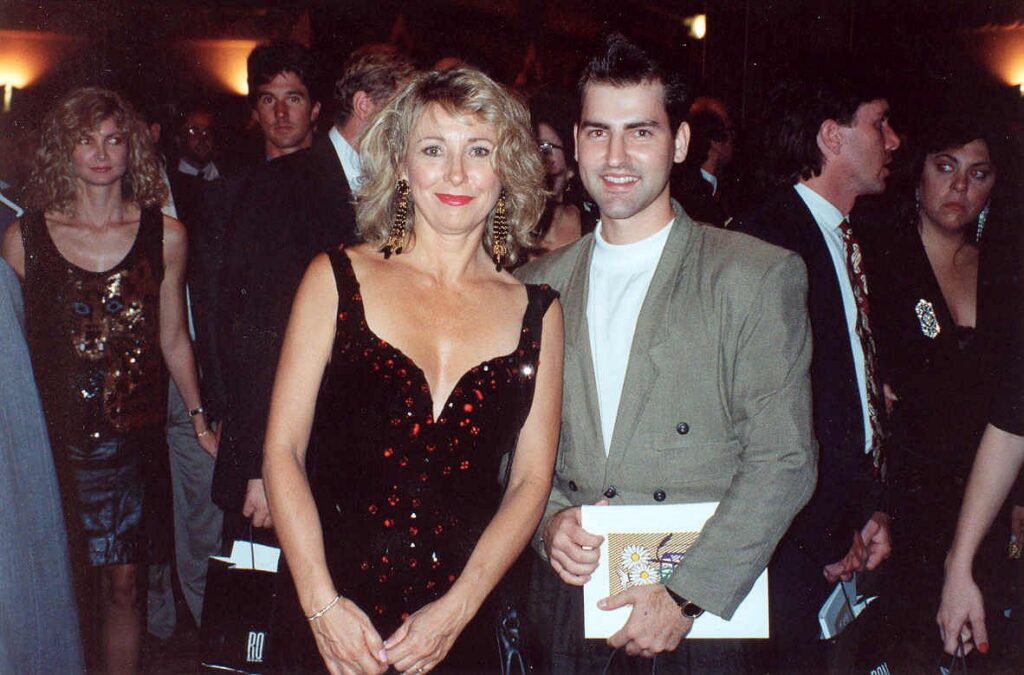
6. Expanding Her Comedic Range: ‘Oh God!’
Building on the success of “Young Frankenstein,” Teri Garr continued to demonstrate her exceptional comedic abilities in a series of popular films throughout the 1970s and 1980s. One such notable role came in the 1977 comedy “Oh God!,” where she starred opposite screen legends George Burns and John Denver.
In this film, Garr further showcased her distinctive comedic style, characterized by her “big smile and off-center appeal.” Her performances often conveyed a sense of relatable exasperation and charm, making her a perfect foil for her co-stars and a beloved presence on screen. She could effortlessly blend into an ensemble while still shining brightly.
These roles were crucial in broadening her profile beyond strictly physical comedy, allowing her to explore characters with more emotional depth within a comedic framework. Her natural talent for humor and her engaging screen presence ensured her continued demand in a rapidly evolving Hollywood landscape, paving the way for further significant parts.
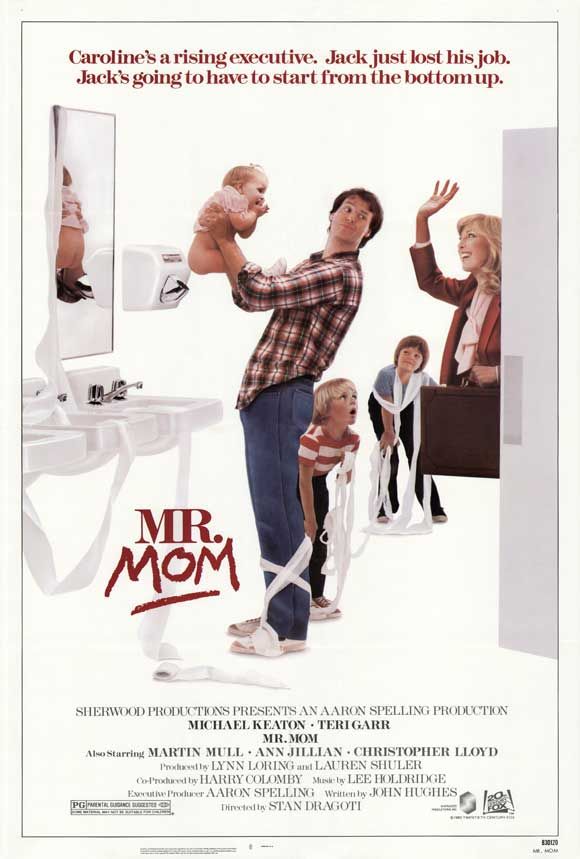
7. Iconic Supporting Roles: ‘Mr. Mom’
Teri Garr continued to thrive in the 1980s, securing roles that cemented her status as a go-to actress for intelligent and relatable comedy. Her portrayal of Caroline Butler, Michael Keaton’s wife, in the 1983 hit “Mr. Mom” is a prime example of her capacity to elevate a film through her nuanced and authentic performance.
In “Mr. Mom,” Garr skillfully navigated the comedic and emotional complexities of a wife who suddenly becomes the primary breadwinner while her husband takes on domestic duties. Her performance resonated with audiences, capturing the anxieties and humor inherent in shifting gender roles during that era. It showcased her ability to play characters who were both strong and vulnerable.
This role, among others during the period, underscored her reliability as a supporting actress capable of delivering impactful performances that were both humorous and grounded. Her presence in such films not only contributed significantly to their box office success but also reinforced her reputation as an indispensable talent in contemporary American comedy. Her demand in the 1970s and ’80s was a testament to her consistent quality.
Read more about: Brad Pitt’s Enduring Legacy: A GQ Look at His Most Iconic Roles and Career Milestones
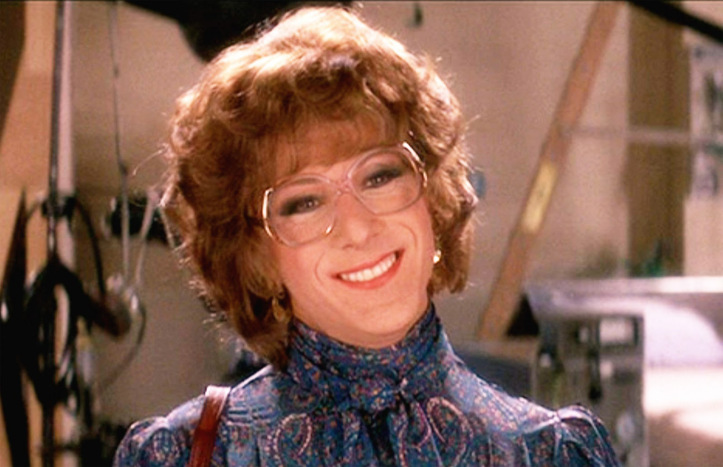
8. An Oscar-Nominated Performance in ‘Tootsie’
By the early 1980s, Teri Garr had established herself as a consistent and formidable presence in American comedy. This reputation was further solidified and critically acclaimed with her role in the 1982 film “Tootsie,” where she delivered a performance that earned her an Academy Award nomination for Best Supporting Actress. In the film, Garr portrayed Sandy Lester, the passionate and often exasperated girlfriend of Dustin Hoffman’s character, Michael Dorsey.
Her portrayal of Sandy showcased Garr’s exceptional ability to blend vulnerability with sharp comedic timing. As Sandy navigates the complexities of her relationship with Michael, particularly as he secretly assumes the identity of Dorothy Michaels, Garr imbued the character with a relatable blend of frustration, confusion, and endearing loyalty. Her scenes often provided a grounded, authentic counterpoint to the film’s broader comedic elements, highlighting her nuanced acting skills.
The critical reception for “Tootsie” was overwhelmingly positive, and Garr’s performance was frequently singled out for praise. Although she ultimately lost the Oscar to her co-star Jessica Lange, her nomination underscored the industry’s recognition of her talent and her capacity to hold her own among Hollywood’s elite. The film became a cultural touchstone, and Garr’s role within it remains one of her most memorable and celebrated contributions to cinema.
Read more about: Teri Garr, Celebrated Comic Actress of ‘Young Frankenstein’ and ‘Tootsie,’ Dies at 79: Remembering a Life of Laughter and Resilience
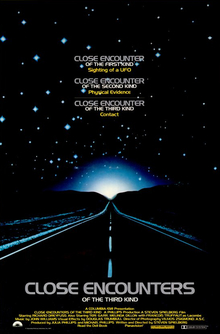
9. Demonstrating Dramatic Depth: ‘Close Encounters’ and Beyond
While Teri Garr was best known for her comedic prowess, her filmography revealed a significant capacity for dramatic roles, demonstrating a versatility that extended beyond the humorous characters for which she was often typecast. She once expressed a desire to explore more dramatic work, noting, “I would like to play ‘Norma Rae’ and ‘Sophie’s Choice,’ but I never got the chance,” indicating a yearning for roles that challenged her perceived comedic boundaries.
One of her most notable dramatic performances came in Steven Spielberg’s 1977 science fiction epic, “Close Encounters of the Third Kind.” In this critically acclaimed film, Garr played Ronnie Neary, the exasperated wife of Richard Dreyfuss’s character, Roy Neary, who becomes increasingly consumed by an obsession with unidentified flying objects. Her performance provided a crucial human anchor to the fantastical narrative, conveying the emotional toll that such extraordinary events take on an ordinary family.
Beyond “Close Encounters,” Garr also demonstrated her dramatic capabilities in films such as “The Black Stallion” (1979) and “The Escape Artist” (1982). These roles allowed her to showcase a quieter, more serious side of her acting, affirming that her talents were not limited to eliciting laughter. Her ability to transition between comedy and drama with convincing authenticity solidified her reputation as a skilled and adaptable actress in a diverse array of cinematic projects.
Read more about: Navigate the World with Grace: Your Guide to Avoiding Fashion and Cultural Faux Pas Abroad

10. A Fixture of Late-Night Television
Beyond her impactful film roles, Teri Garr cultivated a significant presence on late-night television, where her quick wit and spontaneous humor made her a beloved and frequent guest. Her engaging personality and ability to engage in spirited, often unscripted banter made her a natural fit for talk show formats, endearing her to millions of viewers who tuned in nightly.
Perhaps her most iconic late-night appearances were on NBC’s “Late Night With David Letterman” early in its run. Garr frequently played Letterman’s foil, engaging in “good-natured bickering” that became a hallmark of their dynamic. Their chemistry was so compelling that, for a time, rumors of a romantic involvement circulated, a testament to the believable rapport they shared on screen.
Years later, David Letterman himself credited Garr’s early and frequent appearances with helping to make his show a hit, underscoring her significant contribution to its success and her pivotal role in shaping its comedic tone. Her ability to be both an interviewer’s dream guest and an entertaining co-conspirator made her a must-watch personality in the competitive world of late-night programming.
In addition to her memorable turns with Letterman, Garr also made regular appearances on “The Tonight Show Starring Johnny Carson,” further showcasing her comedic timing and ability to charm a broad audience. She also demonstrated her versatility by hosting “Saturday Night Live” three times, proving her capacity to lead comedic sketches and interact with diverse casts, cementing her status as a multifaceted entertainer across various television formats.
Read more about: Teri Garr, Celebrated Comic Actress of ‘Young Frankenstein’ and ‘Tootsie,’ Dies at 79: Remembering a Life of Laughter and Resilience

11. Courageous Advocacy for Multiple Sclerosis Awareness
In 1983, Teri Garr began to experience perplexing symptoms, initially described as “a little beeping or ticking” in her right leg, which eventually spread to her right arm. While she initially believed she could manage these symptoms, their severity increased dramatically by 1999, prompting her to seek medical consultation. It was then that she received a diagnosis that would profoundly impact her life: multiple sclerosis (MS).
For three years following her diagnosis, Garr chose to keep her illness private. She candidly explained her reasons in a 2003 interview, stating, “I was afraid that I wouldn’t get work.” She elaborated on the pervasive misconceptions surrounding the disease, noting, “People hear MS and think, ‘Oh, my God, the person has two days to live.'” This fear of professional repercussions highlighted the stigma associated with chronic illness in the entertainment industry.
Upon going public with her diagnosis in a 2002 interview with CNN, Garr transformed her personal battle into a platform for advocacy. She became a dedicated spokeswoman for the National Multiple Sclerosis Society, traveling throughout the U.S. and Canada to deliver “humorous speeches” aimed at raising awareness and dispelling myths about MS. Her approach was characterized by a resilient spirit and a refusal to be defined by her condition.
Garr’s philosophy regarding her illness was one of proactive resilience. In a 2005 interview, she shared her perspective: “You have to find your center and roll with the punches because that’s a hard thing to do: to have people pity you.” She also spoke to the exhaustion of constantly reassuring others, adding, “Just trying to explain to people that I’m OK is tiresome.” Her candor provided comfort and inspiration to many others living with MS.
Her health challenges extended beyond MS; Garr also battled other significant health problems in recent years. She suffered a brain aneurysm in 2006 that left her in a coma for several weeks, and underwent an operation in January 2007 to repair an aneurysm. Despite these serious setbacks, she continued to navigate her health journey with remarkable fortitude, publishing her autobiography, “Speedbumps: Flooring It Through Hollywood,” in 2005.
Read more about: Teri Garr, Celebrated Comic Actress of ‘Young Frankenstein’ and ‘Tootsie,’ Dies at 79: Remembering a Life of Laughter and Resilience
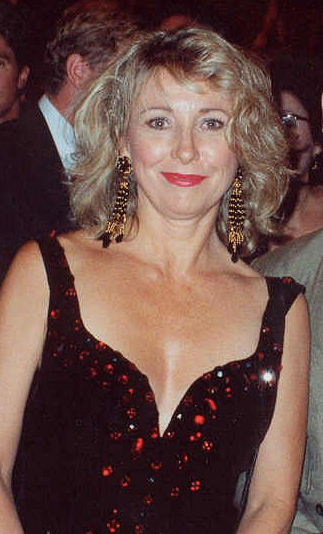
12. Continuing to Act and Later Personal Life
Even as she grappled with the progression of multiple sclerosis, Teri Garr continued to demonstrate her commitment to her craft, appearing in various television roles into the 2000s. Her dedication ensured that she remained a visible and engaging presence on screen, adapting her work to accommodate her health challenges without diminishing her trademark charm.
Her later television credits included guest appearances on popular dramas such as “Law & Order: Special Victims Unit,” comedic series like “Greetings From Tucson,” and “Life With Bonnie.” These roles allowed her to continue showcasing her versatility, moving between different genres with the ease that characterized her earlier career. She proved that her talent transcended the physical limitations she increasingly faced.
One particularly memorable role from this period was her brief, recurring appearance on the immensely popular NBC sitcom “Friends” in the 1990s. She played Phoebe Buffay’s biological mother, a role that brought her distinctive comedic energy to a new generation of viewers and further cemented her legacy in the pantheon of beloved television personalities.
In her personal life, Garr married contractor John O’Neill in 1993. The couple adopted a daughter, Molly, before eventually divorcing in 1996. Her autobiography, “Speedbumps: Flooring It Through Hollywood,” published in 2005, offered further insights into her experiences, both professional and personal, providing a candid look at her journey through Hollywood. In December 2019, Garr was briefly hospitalized for dehydration, another challenge in her later years.
Teri Garr is survived by her daughter, Molly O’Neil, and a grandson, Tyryn. Her family provided a bedrock of support through her life, particularly during her health struggles, and her legacy will undoubtedly be cherished by them as well as her legions of fans and colleagues.
Read more about: Charlie Kirk: An In-Depth Profile of the Right-Wing Activist and Trump Ally Who Died at 31
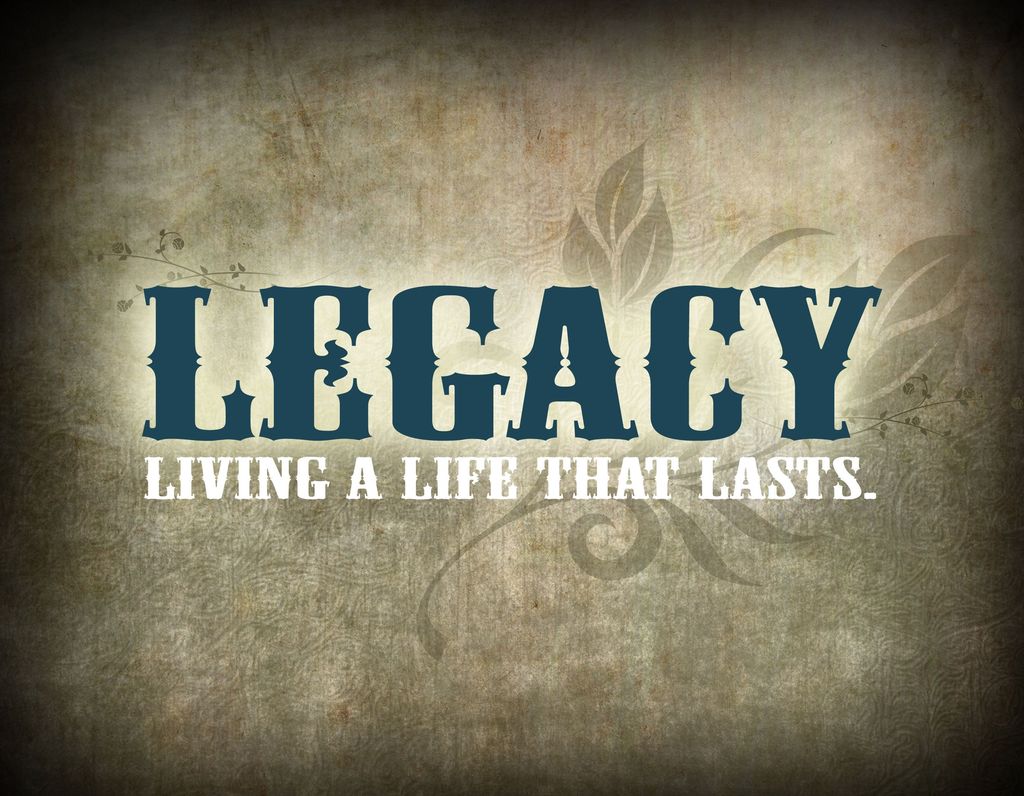
13. A Legacy of Warmth, Wit, and Enduring Admiration
Teri Garr’s passing at 79, confirmed by publicist Heidi Schaeffer, marked the end of a career that enriched American entertainment with unparalleled warmth and wit. Her death, attributed to multiple sclerosis, brought forth a wave of tributes from admirers across the industry, underscoring the deep affection and respect she garnered throughout her decades-long journey.
Among those who paid homage, writer-director Paul Feig fondly remembered her as “truly one of my comedy heroes. I couldn’t have loved her more,” a sentiment echoed by many who admired her unique comedic voice. Screenwriter Cinco Paul eloquently summarized her impact, stating, “Never the star, but always shining. She made everything she was in better.” These tributes capture the essence of Garr’s contributions: a performer who consistently elevated every project she touched.
Garr’s distinct blend of quirky charm, sharp improvisation, and an ability to convey genuine emotion allowed her to create characters that resonated deeply with audiences. Whether she was dancing in Elvis Presley films, playing a zany lab assistant, an exasperated wife, or advocating for MS awareness, she brought an authentic humanity and memorable presence to every role she undertook.
Her legacy is not merely defined by her iconic film and television credits, but also by her courageous public advocacy for multiple sclerosis awareness. By openly sharing her experience and becoming a spokeswoman for the National Multiple Sclerosis Society, she demystified the illness, offered hope, and demonstrated immense personal strength. This aspect of her life added another profound layer to her enduring impact.
Read more about: Stuart Craig: The Visionary Architect Who Wove Cinematic Worlds and Shaped Modern Theme Park Immersion, Dies at 83
Teri Garr leaves behind a remarkable body of work that continues to bring joy and laughter to new generations. Her ability to make comedy feel warm and relatable, combined with her resilience in facing personal challenges, ensures her place as a cherished and unforgettable figure in cinematic history. She was a singular talent whose light, though now passed, continues to shine brightly through her performances.


